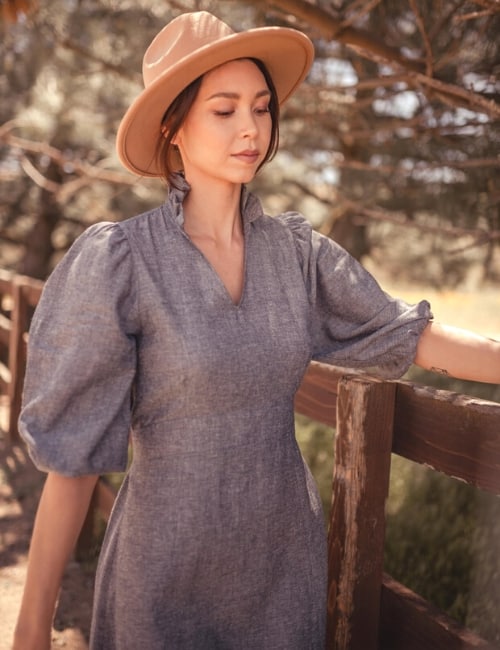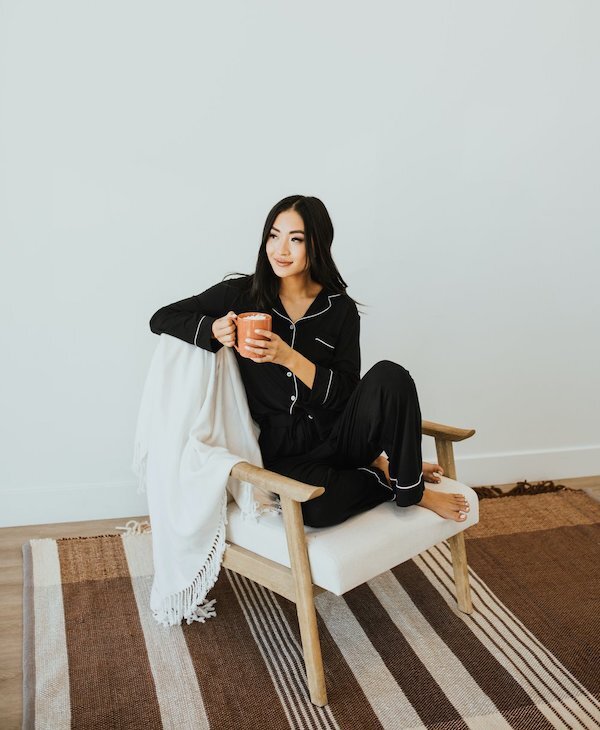Good Suggestions To Picking Hemp Clothes
Wiki Article
How Sustainable Is Hemp Relative To Cotton In Terms Of Water Use Or Pesticides?
For several reasons, hemp is considered to be a more sustainable crop than cotton when it comes to the use of water, pesticides and herbicides.
Hemp- Hemp has a relatively low water requirement compared to other crops, like cotton. Hemp is thought to be one that thrives on minimal irrigation. Hemp is typically developed using rainwater alone.
CottonThe conventional cotton is known for its excessive water consumption. The cultivation of cotton requires large amounts of irrigation, which drains local water resources and can lead to water shortages in water-stressed areas. The high water demand of cotton farming has led to concerns about its sustainability.
Herbicides and pesticides
Hemp: Hemp has a natural resistance against various insects. This reduces the requirement for synthetic pesticides. Although certain hemp crops require pest management, overall the use of chemicals is lower than many other crops including cotton. The hemp cultivation process organically is pesticide-free.
Cotton- Conventional conventional cotton farming is heavily dependent on synthetic pesticides. Herbicides can also be used to control the spread of weeds. These chemicals can have adverse effects on the natural environment. This is a case of water and soil contamination as well as harming animals that aren't targeted, as well as resistance to pesticides.
In the end it has been proven that hemp is to be more sustainable as compared to cotton. This is due to the fact that it uses less water, pesticides and weedicides.
Hemp typically requires less water, and it can be grown using only a small amount of watering or irrigation.
Hemp is naturally resistant to numerous diseases and pests, reducing the need for synthetic pesticides.
Hemp production is less dependent on synthetic pesticides as compared to cotton.
However, it's crucial to keep in mind that environmentally sustainable and sustainable practices may differ among cultivators and even regions. Organic farming practices also enhance sustainability by reducing the usage of synthetic chemical and increasing the quality of soil. When evaluating the environmental impact of clothing and textiles making use of organic fibers like cotton or hemp can aid in reducing the fashion industry's ecological footprint. Have a look at the top hemp clothing recommendations for more recommendations including patagonia hemp jacket, hemp yoga pants, hemp baja hoodie, jungmaven sweatshirt, hemp apparel fabric, hemp t shirt mens, hemp cotton fabric, hemp yoga clothes, hemp underwear, jungmaven clothing and more.

What Gives Hemp Fibers That Are Breathable, Moisture-Wicking And Thermoregulatory Properties?
Hemp fibers are water-wicking and breathable. They also have thermoregulatory characteristics because of their distinctive chemical and structural properties. These characteristics are the result of a number of elements. Microscopic structure- Hemp fibers possess pore-like hollow structures that permit air to circulate in the fibers. Hemp textiles are highly ventilated due to their natural porosity. This structure, when weaved or knitted, allows air to circulate, encouraging cooling, while also preventing the accumulation of heat and humidity against the body.
Hemp fibers have a great attraction to water, and are able to absorb moisture. Hemp fibers are able to take sweat and moisture away from your body, eliminating the sensation of being wet. Additionally, hemp fibers can be effective in wicking away moisture, dispersing it across a wider surface of the fabric, where it is able to evaporate more quickly. The moisture-wicking properties keep you feeling comfortable and dry when you are engaged in vigorous physical activities or in hot weather.
Hemp fibers are a natural source of thermal regulation properties. If it's cold they will keep heat in close proximity to your body to provide warmth. When it is hot, they let the heat and moisture to be released. This aids in cooling the body. Hemp clothing is appropriate for all kinds of temperatures and activities because of its inherent thermoregulatory properties.
Hemp fibers are antimicrobial, which aid in preventing the growth of bacteria causing unpleasant odors. This is a factor that contributes to the freshness and odor resistance of hemp clothing.
Hemp fibers are long-lasting and are extremely durable. This means that hemp clothes can withstand repeated washing and wearing without loosing breathability or losing moisture wicking properties. This prolongs the life of hemp clothing, which reduces their need to be replaced and reducing the environmental impact.
UV Protection from UV Hemp Fibers provide natural UV protection for skin to protect it from harmful UV radiation. This UV blocker is a part of hemp clothing’s flexibility, making it ideal for outdoor activities.
These qualities are inherent to hemp fibers and don't require chemical treatment or other additives. Hemp is a natural fibre with numerous qualities that make it a comfortable and sustainable for clothes. This is particularly true for activewear, outdoor wear, and warm-weather apparel. In addition, these attributes remain in place even after hemp fibers are converted into textiles. Follow the most popular source for hemp clothing for website info including hemp jeans mens, hemp golf shirts, mens hemp t shirts, patagonia iron forge pants, hemp t shirt mens, mens hemp trousers, patagonia work pants hemp, hemp athletic wear, 100 hemp shirt, hemp sweatshirt and more.

What's the difference between hemp fiber and bamboo fibre?
Bamboo and hemp are two distinct plant-based fibers that are used in textile manufacturing, each with its unique characteristic and characteristics. Here are the major differences between hemp and bamboo fibers. Plant Source-
Hemp- Hemp fibres are formed from the outer layer of stalks. Hemp, a versatile and quickly growing plant, has been grown in a variety of ways over the centuries.
Bamboo The bamboo fibres are made from the pulp of bamboo plants. Bamboo is a quick-growing grass that is known for its strength and speed of renewal.
2. Fiber Characteristics
Hemp- Hemp fibers are well-known for their durability and strength. They are among the strongest natural fibers and become softer with each wash, making them suitable for long-lasting textiles.
Bamboo fibers are soft and silky, with a silky smooth texture. They may be less dense and less robust than hemp, but are loved for their softness and comfort.
3. Texture and Feeling
Hemp fabric is somewhat rough and has a textured feeling. This is especially true in its raw state. It's soft, but it has a different feel to bamboo.
Bamboo is soft and silky smooth. It is frequently described by its wearers as a mixture of silk and cotton.
4. Dryness and Breathability-
Hemp- Hemp is naturally breathable. It also absorbs water. They can help you stay cool and dry during the summer heat.
Bamboo fibers also have the ability to wick away humidity and are highly breathable. They are equipped with micro-gaps which enhance their capacity to regulate temperatures and humidity.
5. Environmental Impact-
Hemp- Hemp fiber is an eco-friendly product because of its water-resistance as well as its rapid growth rate and resistant to pests. This means that it is less need for herbicides and pesticides. Hemp is also able to sequester carbon from the atmosphere during its growth.
Bamboo is a well-known choice for environmentally friendly building materials. It is fast growing, requires only a small amount of water, and is able to be grown without chemical herbicides or pesticides. Certain bamboo species, such as Moso Bamboo, are thought to be sustainable.
6. Processing-
Hemp- Hemp fibres need intensive processing to separate out the out the bast fibers on the outside and the inner woody core. Processing can include decoration, retting, or mechanical separation.
Bamboo Fibers of bamboo can be obtained using a chemical called the viscose or rayon process. This involves chemically cutting down bamboo pulp. This process can be harmful to the environment if not handled responsibly. However, some bamboo textiles employ closed-loop methods that help reduce the amount of chemical waste.
7. Versatility-
Hemp- Hemp can be used to make a variety items, such as clothes papers, textiles and building materials.
Bamboo fibers- Bamboo fibers are used primarily in textiles and clothing but they are also used in other products, such as sheets and towels.
In summary In the end, both bamboo and hemp provide unique characteristics and sustainable benefits. Choose between hemp and bamboo according to the qualities and characteristics you're looking for and your environmental preferences. Read the best more helpful hints for site tips including bamboo onesies, bamboo family pajamas, freefly hoodie, bamboo activewear, bamboo pajama pants, mens bamboo boxer shorts, bamboo yoga trousers, shakuhachi clothes, bamboo bed clothes, bamboo cotton pajamas and more.
